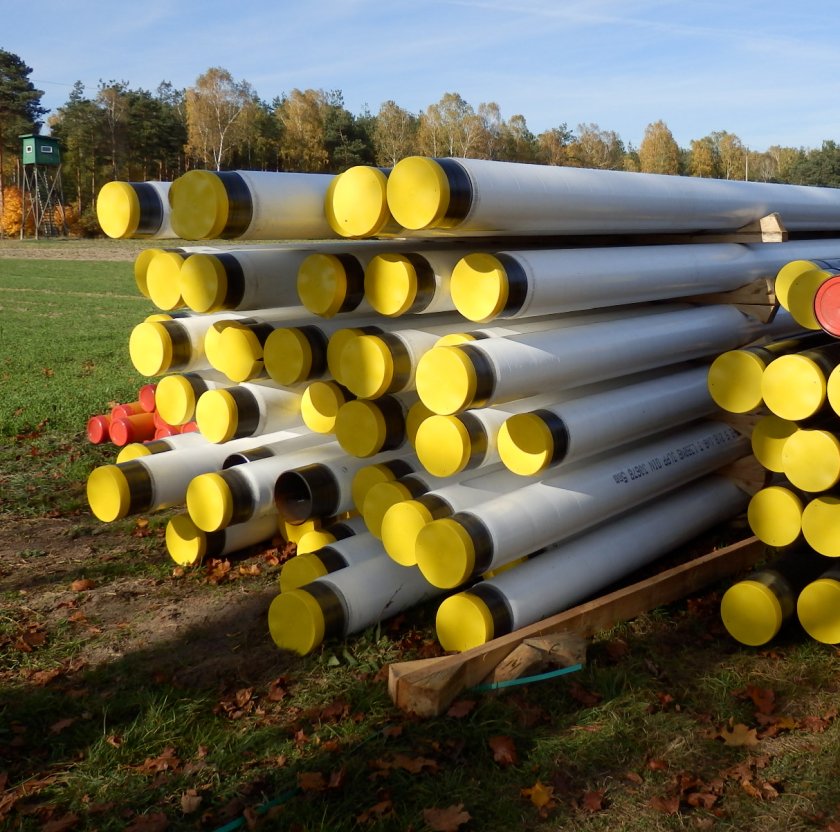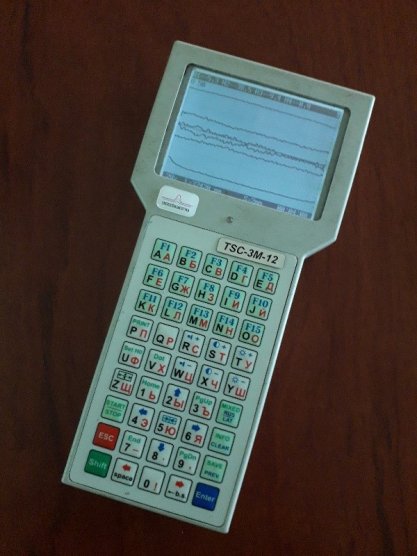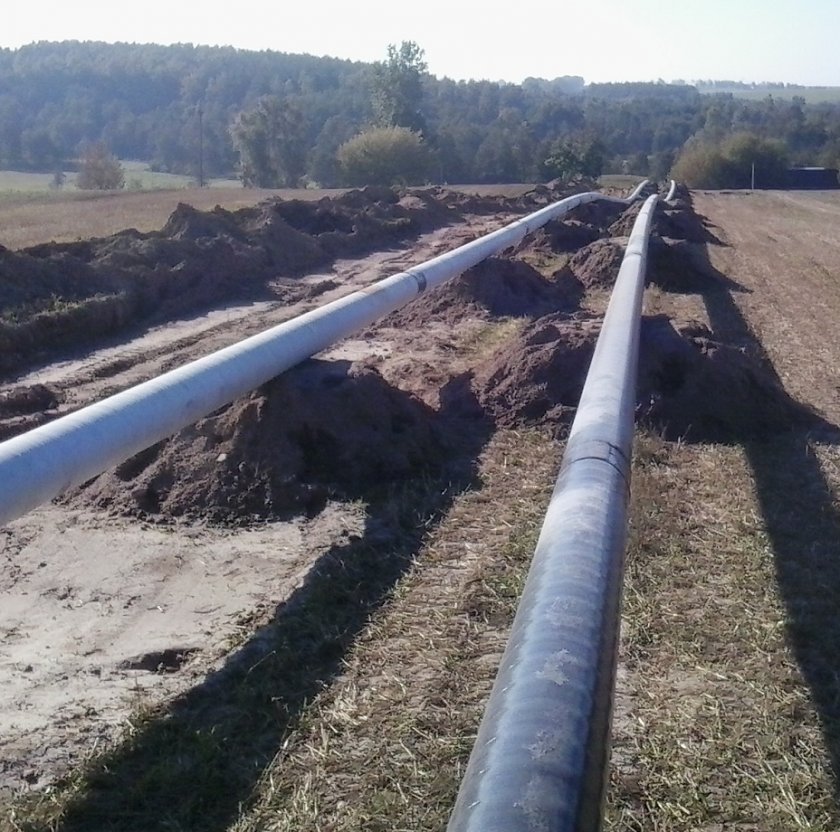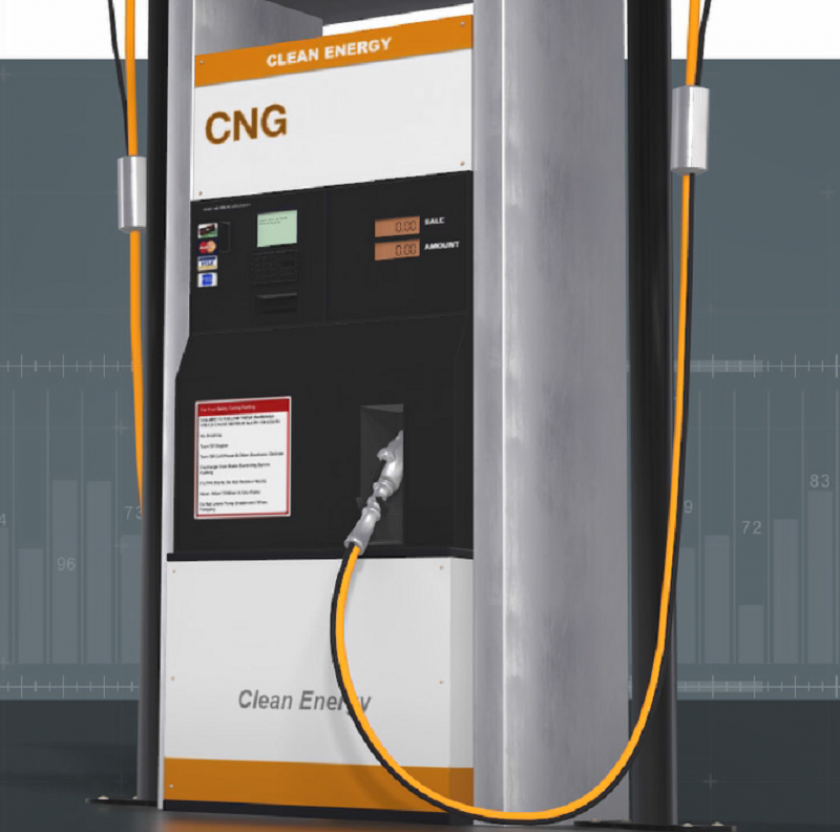Magnetism, a tool for gas engineers
 Fot.
Fot.
Contactless magnetometric defectoscopy (CMD) is based on the metal magnetic memory (MMM) method. CMD works by several physical effects which, by application of external loads, cause localised interference in the magnetic field of the tested metal, as well as the presence of failure processes within the metal and the presence of discontinuities and non-metallic inclusions in the metal. If magnetometers of sufficient sensitivity are used for CMD, they help find localised magnetic anomalies – stress concentration areas – in the tested metal.
MMM is a contact method applied for NDT of various types of structures and industrial equipment (including tanks and vessels, pipelines, turbine components, power engineering installations, and steel structures).
CMD, which was developed specifically for NDT of underground gas pipelines, uses dedicated detectors to test steel pipelines (by detection of magnetic field interference) from a location on the surface and without unearthing the pipeline. The only prerequisite for a CMD test is to determine the location of the gas pipeline centreline (which is done with a georadar or radio detectors). CMD allows a quick identification of the state of stress in long pipeline runs without costly unearthing.
CMD, which was developed specifically for NDT of underground gas pipelines, uses dedicated detectors to test steel pipelines (by detection of magnetic field interference) from a location on the surface and without unearthing the pipeline. The only prerequisite for a CMD test is to determine the location of the gas pipeline centreline (which is done with a georadar or radio detectors). CMD allows a quick identification of the state of stress in long pipeline runs without costly unearthing.

Detecting equipment
The signals detected by CMD are analysed to identify the distribution of magnetic field vectors and their differential coefficients, which are a measure of the intensity of changes in the magnetic field. The signals are compared to the background magnetic field (tested 1 to 6 m away from the gas pipeline).
The experience and knowledge of professional testing personnel help determine the locations of stress concentration areas and classify the level of structural failure risk within the area of CMD. The results of CMD help define whether the tested pipeline requires urgent intervention (and repairs) or monitoring at defined time intervals. The classification of stress concentration areas follows the prevailing MMM standard, PN-ISO 24497-1 to 3.
The experience and knowledge of professional testing personnel help determine the locations of stress concentration areas and classify the level of structural failure risk within the area of CMD. The results of CMD help define whether the tested pipeline requires urgent intervention (and repairs) or monitoring at defined time intervals. The classification of stress concentration areas follows the prevailing MMM standard, PN-ISO 24497-1 to 3.
CMD enables a quick understanding of the general technical condition of the tested gas pipeline run, while the identification and classification of stress concentration areas help with correct technical intervention at defined locations along the pipeline.
CMD cannot precisely define the type or size of potential defects of a gas pipeline; the tested signals are a result of the defects in material and the effects of stress applied to the gas pipeline (by external loads, assembly loads and thermal loads). Because of this, the excavation of the gas pipeline within the defined highly critical areas (of high stress concentration) is required to perform contact defectoscopy (by application of MMM or other methods, like ultrasonic defectoscopy). The contact defectoscopy can provide the ultimate definition of the type and extent of detected defects to drive an informed decision on whether to proceed with repairs of the gas pipeline or not.
CMD cannot precisely define the type or size of potential defects of a gas pipeline; the tested signals are a result of the defects in material and the effects of stress applied to the gas pipeline (by external loads, assembly loads and thermal loads). Because of this, the excavation of the gas pipeline within the defined highly critical areas (of high stress concentration) is required to perform contact defectoscopy (by application of MMM or other methods, like ultrasonic defectoscopy). The contact defectoscopy can provide the ultimate definition of the type and extent of detected defects to drive an informed decision on whether to proceed with repairs of the gas pipeline or not.
Sources:
[1] Fights On Logistics „Analiza Stanu technicznego gazociągów metodą BMD - Bezkontaktowa Magnetyczna Diagnostyka"
[2] Energodiagnostika: http://www.mmmsystem.com/Categories/Sensors-TSC.html
[1] Fights On Logistics „Analiza Stanu technicznego gazociągów metodą BMD - Bezkontaktowa Magnetyczna Diagnostyka"
[2] Energodiagnostika: http://www.mmmsystem.com/Categories/Sensors-TSC.html



